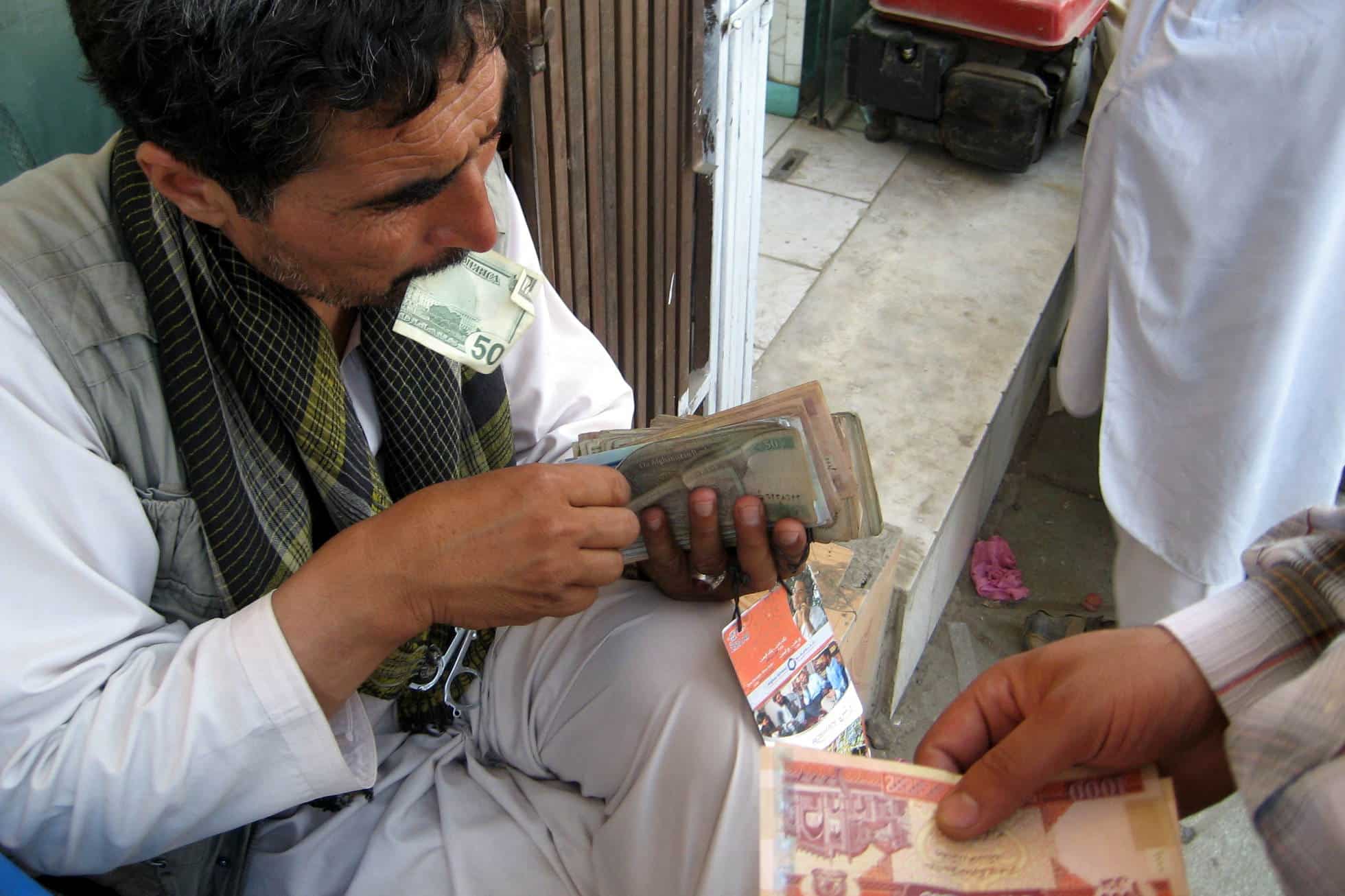

The US spends spends $5 billion of your tax money a year in “aid” to Afghanistan, plus billions more for the cost of the thousands of American troops and Pentagon-sponsored military contractors there.
An “Epidemic of Graft”
One of the (many) reasons why all that money has accomplished close to jack squat in 15 years of war is corruption. Extraordinary amounts of US money simply disappears, siphoned off at high levels, passed on as bribes to suppliers and Taliban hustlers at the lower levels. It is, according to one study, an “epidemic of graft.”
Transparency International ranks Afghanistan as one of the top five most corrupt countries in the world (Iraq, another US project, is also in the top tier.) The UN says half of Afghans paid a bribe in 2012; that figure was as high as 70 percent in some areas of the country. The same survey found that corruption was roughly tied with security as the issue of greatest concern to Afghans.
The US Agency for International Development (USAID) assessed corruption in Afghanistan “has become pervasive, entrenched, systemic, and by all accounts now unprecedented in scale and reach.” The US Department of Defense Joint Chiefs of Staff wrote, “corruption alienates key elements of the population, discredits the government and security forces, undermines international support, subverts state functions and rule of law, robs the state of revenue, and creates barriers to economic growth.”
Of course USAID and the Department of Defense are who spends that $5 billion a year in Afghanistan that drives the corruption.
Afghanistan’s High Office of Oversight
So to get this all cleaned up, the US helped birth Afghanistan’s High Office of Oversight (HOO), a big deal part of the Made in America Afghan government stuck together like very expensive Legos to create democracy. And since the US sort of made/paid for the HOO, it was somebody’s idea (the Special Inspector for Afghan Reconstruction, SIGAR) to inspect the HOO.
Here’s what they found:
— The HOO suffers from a lack of independence and authority to fulfill its mandate, lacks enforcement power, and has failed to register and verify asset declarations of senior politicians. An HOO advisor said “the HOO was never anything more than window dressing designed to keep the international community happy.”
— Of the 47 Afghan officials who left office between 2008 and 2014, only eight complied with the Afghan constitutional mandate to submit an asset declaration form.
— Further stymying enforcement efforts was the unwillingness of the Afghan Attorney General’s Office to investigate corruption cases. Some of those cases referred involved embezzlement, bribery, and forgery ranging as high as $100 million.
— Although former President Karzai declared cash in two German bank accounts, he did not provide the bank account numbers for verification. Additionally, he declared personal effects in the form of jewelry but did not provide the owner’s name, the purchase cost, or the date of purchase.
— Second Vice President Mohammad Karim Khalili stated he had no cash nor any personal effects.
— SIGAR reviewed 27 top officials under the current administration who were required to submit asset declaration forms to the HOO for verification. As of March 2016, the HOO reported that it verified one asset declaration form.
Reprinted with permission from WeMeantWell.com.

